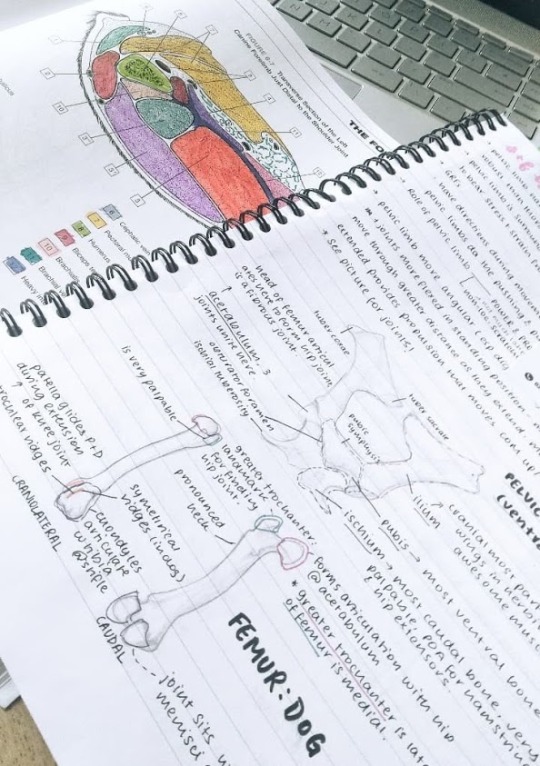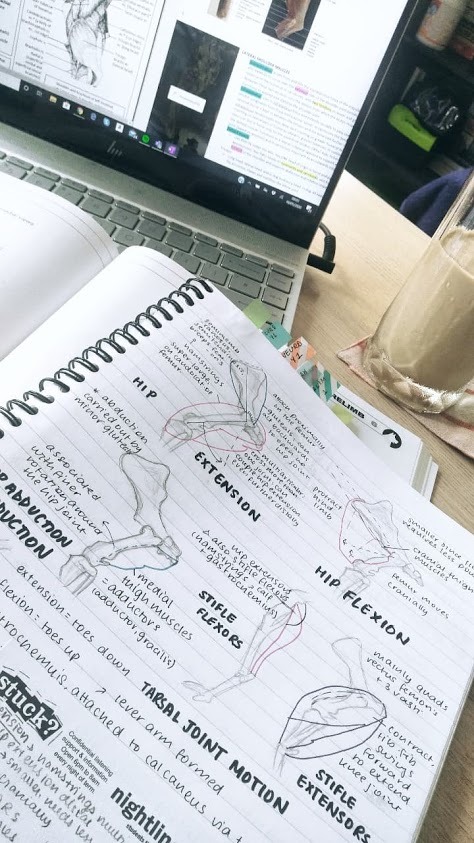#vetlr
Photo


guys I just want a starbucks and wine, and a night out with my friends where I dance, dance, dance.
♫ Lights Up, Harry Styles
#study#studyblr#new studyblr#studyspo#new studyspo#study blog#new studyblog#new study blog#mildliner#mildliners#muji#tombow#stationery#notes#aesthetic#coffee#anatomy#biology#vetlr#vet student#vetblr#lettering
433 notes
·
View notes
Note
I was wondering if you might be able to suggest some places where I can find reliable and as complete as possible visual references on the anatomy and "how this works" of various species that might not be so easy to find normally. Skeletal, Muscular, and fur/feather/scale patterns are particularly valuable to myself and other scientific illustrators / creature designers like me, and are the hardest for us (science lovers outside of science degrees) to find/trust.
Unfortunately the most reliable resources for anatomy will be zoology or veterinary textbooks, and many of them are not cheap. Many of them don’t even come in Ebook format.
It’s certainly easier to find referenced for where muscles attach to bone for the common domestic species, but harder to find them for more exotic species. Fortunately all vertebrates are similar to each other, having more or less the same basic muscle layouts once you know where the bones go.
If you have the opportunity to wander into a veterinary anatomy museum (either on a university campus or on a campus open day) that might be a good opportunity. Alternatively there are veterinary anatomy posters available that might be worth a look for a more common species. Veterinary anatomy and physiology textbooks are useful for me, but you may find limited use for them. For creature design videos might be better, and unfortunately not enough vet textbooks come with a CD for videos. Clinical Atlases and Color Anatomy type books might be useful, but have a chunky pricetag.
Fur coloring is highly variable by species, but the direction of the fur is fairly consistent. Feather patterns are fairly predictable too. Scales on reptiles vary considerably between species, and may be the only method we have to identify different species in some instances.
I know that’s not as much help as I would have liked it to be, but I can throw the question out to the wider vetlr community. No doubt the younger vet students will be more up to date with any free, legal, online resources that might be available.
But also if there is a particular chunk of anatomical or physiological information you’re looking for, let me know and I’ll see what I can dig up and post for you.
36 notes
·
View notes